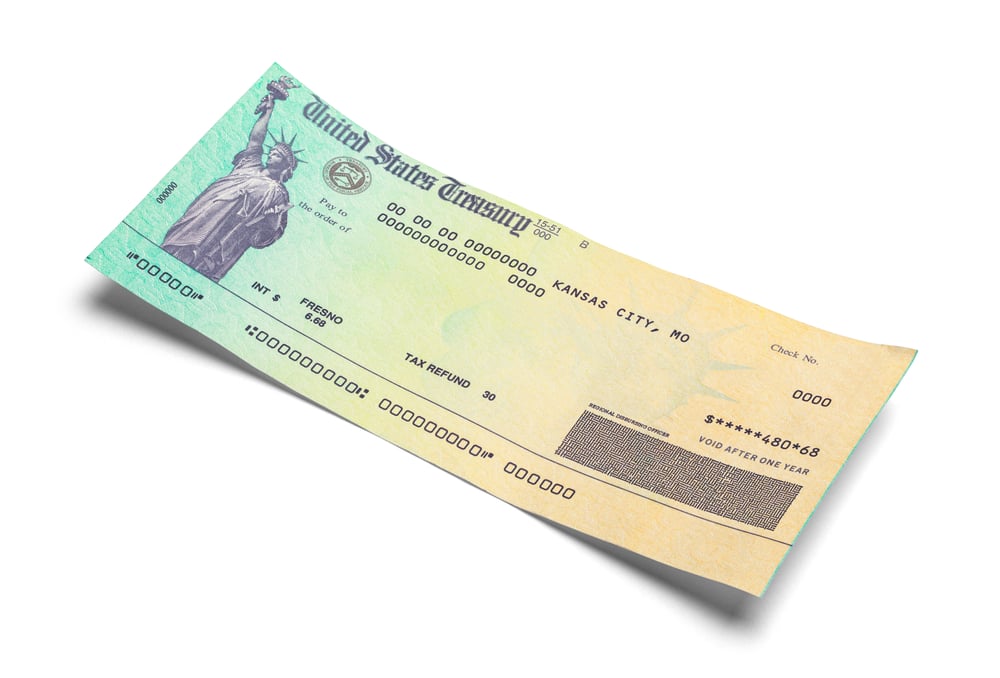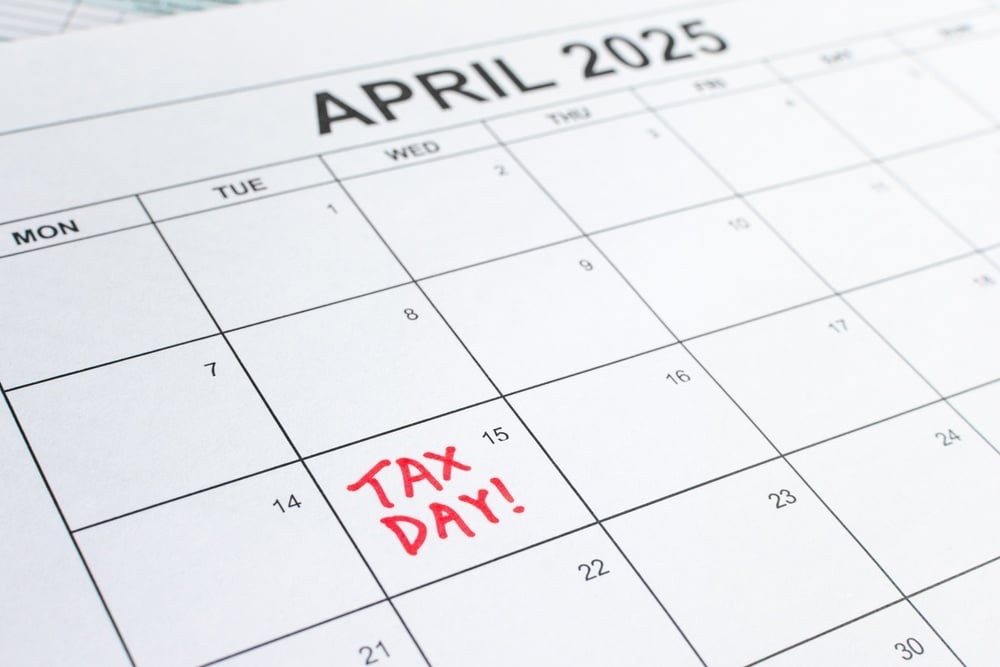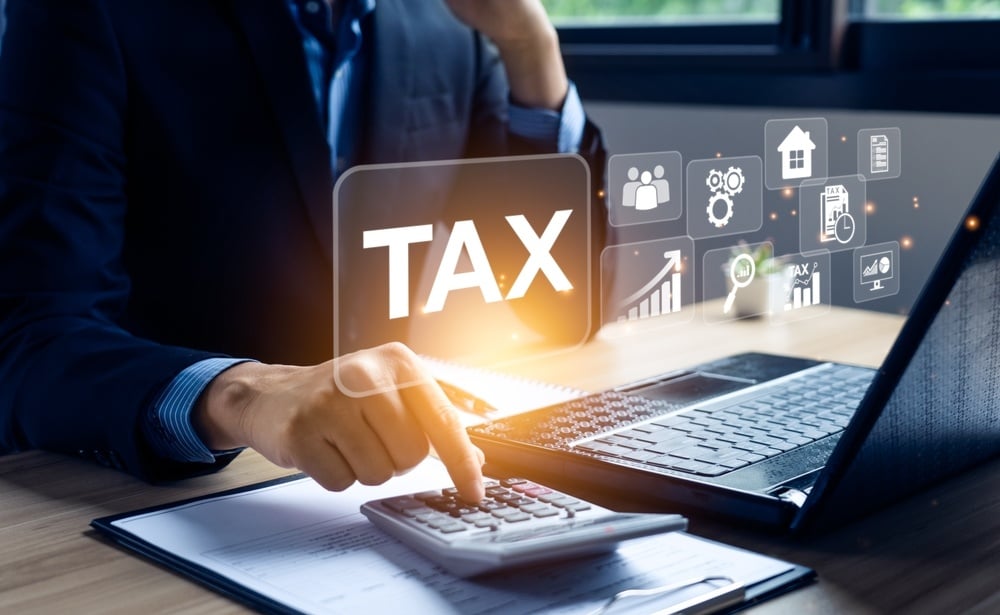Beginning September 30, 2025, the IRS will phase out issuing paper refund checks to individual taxpayers, shifting almost entirely to electronic refund methods. This change comes under Executive Order 14247, “Modernizing Payments to and From America’s Bank Account,” which mandates that federal agencies (to the extent permitted by law) cease paper check disbursements and receipts.
Here’s what taxpayers should know — and do — now to be ready for this transition.
Why the Change is Happening
- Fraud risk and loss. According to the IRS, paper refund checks are 16 times more likely to be lost, stolen, delivered incorrectly, or altered compared with electronic payments.
- Faster delivery. When you file electronically and select direct deposit (with no processing issues), most refunds arrive in less than 21 days. By contrast, paper checks may take six weeks or longer.
- Cost savings and efficiency. The federal government spends significant resources on printing, processing, mailing, and handling returned checks. The shift to electronic payments is expected to reduce administrative burden and cost.
- Alignment with federal modernization. Executive Order 14247 requires that, where legally feasible, federal disbursements move fully to electronic funds transfer (EFT) — direct deposit, prepaid cards, digital wallets, and modern payment systems.
How to set up direct deposit for your refund:
Since paper checks are going away, direct deposit (or another acceptable electronic refund method) will become the standard. Here’s how taxpayers can prepare:
Selecting direct deposit on your tax return
- For most taxpayers, the online or desktop tax software will prompt you to enter a bank routing number and account number. That directs your refund automatically via direct deposit.
- If you file a paper return, you can supply your direct deposit information in the designated field on Form 1040 (or applicable return).
- If you want to split your refund across multiple accounts, you use Form 8888, Allocation of Refund (Including Savings Bond Purchases).
Using Form 8888 to split your refund
- You may split your refund into up to three accounts (checking, savings, or other qualifying accounts).
- Each deposit must be at least $1.
- The accounts must be in your name, your spouse’s, or a joint account. You cannot direct a refund to someone else’s account.
- If for any reason one of the splits is rejected (wrong routing, closed account, etc.), the IRS will place the entire refund into the first account listed.
- You can also use Form 8888 to purchase Series I U.S. savings bonds with part of your refund (up to $5,000) and have the rest deposited.
No bank account? Alternative options
The IRS recognizes that some taxpayers are “unbanked” or underbanked. For such individuals:
- The IRS plans to offer prepaid debit cards or digital wallet accounts that accept deposits.
- Taxpayers are encouraged to explore free or low-cost checking or savings accounts. The IRS references resources such as FDIC’s GetBanked and MyCreditUnion.gov.
- In limited cases, taxpayers may qualify for waivers or exceptions under 31 CFR Part 208 (see the next section).
Who May Qualify for Exceptions or Waivers
While the policy moves firmly toward mandatory electronic disbursements, exceptions are built into the law and regulations for taxpayers in certain circumstances.
The legal backing: 31 CFR Part 208 and waivers
Executive Order 14247 directs the Secretary of the Treasury to stop issuing paper checks “to the extent permitted by law,” and Section 4 of the order specifically mandates development of limited exceptions.
Under 31 CFR Part 208, agencies can grant waivers when electronic funds transfer (EFT) is not feasible or imposes undue hardship.
Key waiver provisions (Section 208.4) allow paper disbursements in these scenarios:
- Individuals born before May 1, 1921, who were receiving payments by check as of March 1, 2013.
- Payments for which Treasury does not yet offer EFT delivery.
- Where a taxpayer certifies that EFT would impose hardship due to inability to manage an account (e.g. mental impairment) or geographic remoteness that lacks infrastructure.
- Situations in foreign countries where financial infrastructure does not support EFT.
- Disaster area payments under certain conditions.
However, note that recent updates have narrowed many waiver categories or imposed stricter requirements for agencies to use them. Agencies often must submit a written waiver request to Treasury for approval.
Thus, exceptions will likely remain limited rather than broadly available.
What this means in practice
- Having a waiver does not guarantee a paper check. It must be justified and approved under the rules.
- Taxpayers seeking waiver must certify circumstances (e.g. hardship) in a form acceptable to Treasury.
- For most taxpayers, especially those in broad segments of the U.S., the waiver path will not apply, and planning for direct deposit is essential.
Impact on Refund Timelines and Risks
Default timeline expectations
- For returns that are error-free, e-filed, and with valid direct deposit information, refunds typically arrive in less than 21 days.
- Paper check refunds often take six weeks or longer, not accounting for mail delays.
Exceptions that still affect timing
- Under the PATH Act, refunds claiming the Earned Income Tax Credit (EITC) or Additional Child Tax Credit (ACTC) cannot be issued before mid-February.
- IRS may delay or hold a refund to verify identity, confirm income, or address mismatches in bank or routing info.
- Rejected direct deposit (e.g. wrong account, closed account) could lead to paper check fallback (if allowed) or refund reissue delays.
Risks if you don’t act
- If you still rely on paper checks and do not adopt an electronic option by the cutoff, your refund may not be issued at all until direct deposit info is provided.
- If you use incorrect banking data (routing/account numbers, name mismatch), the refund could bounce or be rejected, causing significant delay.
- Timing of guidance issuance: The IRS will issue detailed guidance before the 2026 filing season (for 2025 returns).
What Taxpayers Should Do Now
- Verify or obtain bank account information. Make sure you have your correct routing and account number (checking or savings).
- Decide whether to split your refund. If so, complete Form 8888 accurately.
- Confirm that your chosen accounts accept ACH or direct deposit.
- File electronically and opt for direct deposit. That remains the simplest and safest path forward.
- If you lack a bank account, explore opening a low-cost or no-fee account; consider prepaid debit or digital wallet options that accept direct deposit.
- Evaluate whether you may qualify for a waiver. If you have unique hardship or inability to access electronic banking, keep documentation ready and consult tax counsel.
- Monitor IRS guidance releases. Stay updated at IRS.gov under “Modern Payments” or related sections.
- Work with your tax advisor (such as Baldwin CPAs) to ensure your return is set up optimally and to request help if exceptions are needed.
Baldwin CPAs is ready to help
At Baldwin CPAs, we’re closely tracking IRS developments and ready to assist you through this transition.
If you’re concerned about how this change might affect your refund, or need assistance before the switch becomes mandatory, contact us today. Let Baldwin CPAs make sure your refund arrives safely, securely, and without delay.



